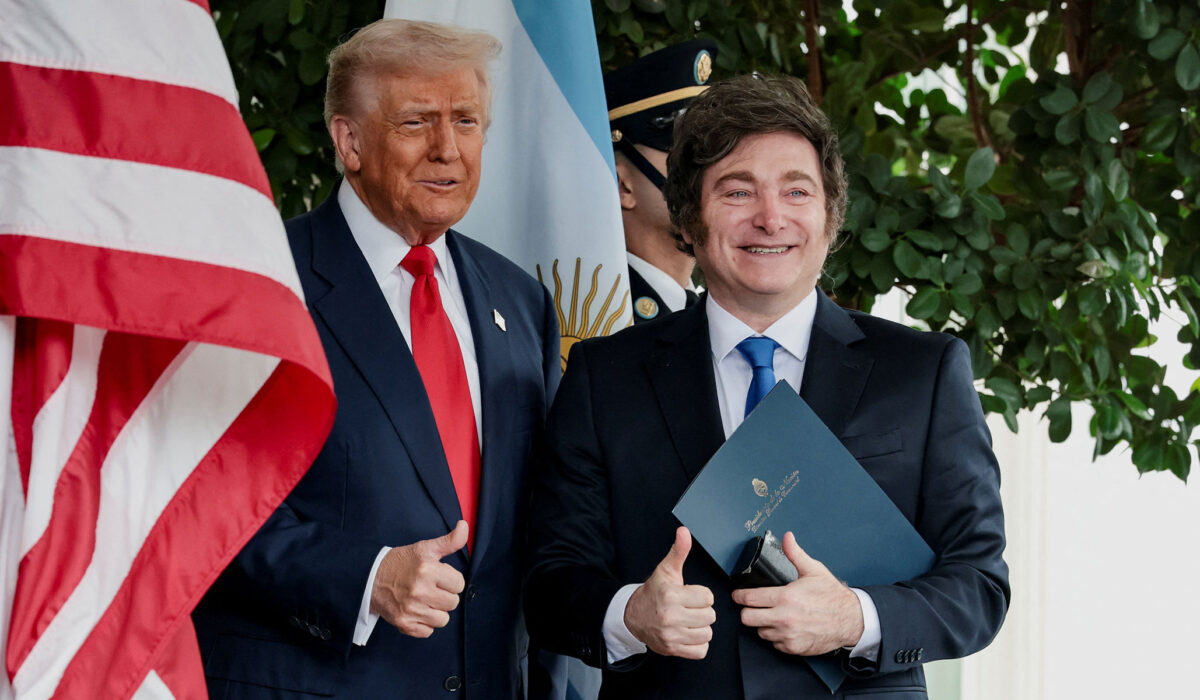Why the U.S. Should Consider Lending to a Reform-Minded South American Partner
Providing financial support to a South American nation looks risky on paper but it can advance clear strategic and economic gains for the United States. A targeted lending package can reward serious reformers while signaling that America prefers partners who embrace markets, fiscal restraint, and sovereignty. This is not charity, it is smart statecraft that strengthens a friendly nation and regional stability.
First, the political upside matters. When a government commits to tangible reforms—shrinking bloated public payrolls, removing crippling subsidies, and opening markets—it creates a rare opportunity for long-term partnership and reliable trade ties. Republicans should favor backing that is conditional and tied to measurable progress.
Second, the economic case is straightforward. Lending money with strict conditions can unlock private investment, stabilize currencies, and reduce the need for future bailouts. That means greater export opportunities for American firms and fewer surprises for U.S. taxpayers down the line.
Third, strategic considerations are at work. A prosperous, market-oriented ally in South America is a geopolitical asset against authoritarian influence and economic coercion from rival powers. Supporting reformers sends the message that free nations in the hemisphere can count on the United States when they choose economic liberty over cronyism.
Fourth, practical safeguards are essential. Any assistance package must include sunset clauses, transparency requirements, and independent audits to prevent waste or capture by political insiders. Conditionality should be strict enough to change incentives but flexible enough to keep reformers politically viable.
Fifth, there is a moral argument rooted in empowerment rather than paternalism. Helping citizens escape hyperinflation, broken social services, and collapsing institutions is consistent with conservative principles of human dignity and opportunity through work. When people see markets delivering real results, the political cost of populist nostrums falls away.
Sixth, the transaction must be smart about sequencing. Initial support should focus on monetary stability and basic fiscal credibility, then shift to regulatory reform and private-sector kickstarts. That staged approach protects capital and ensures reforms are durable rather than cosmetic.
Seventh, the United States should coordinate with private lenders and friendly multilateral institutions to share risk and multiply leverage. Co-investment by the private sector disciplines spending and builds local capital markets, while public money buys down premium risk that would otherwise block needed investment.
Eighth, domestic messaging is crucial for buy-in. Republicans can sell support as advancing American security and jobs while insisting on accountability measures that respect taxpayer interests. Framing the effort as investment in a strategic partner rather than an open-ended giveaway keeps the policy grounded and politically defensible.
Ninth, the longer-term payoff can be substantial. A fiscally responsible, market-friendly government can become a magnet for entrepreneurship, reverse capital flight, and expand trade with the United States, yielding job growth on both sides of the border. Those gains validate the risk and make future cooperation easier.
Finally, the choice facing policymakers is not between intervention and isolation. It is between a measured partnership that nudges a country toward durable reform and the alternative of watching instability grow and invite malign influence. With clear conditions, staged support, and strong oversight, lending can be the lever that turns risk into a lasting strategic advantage.

